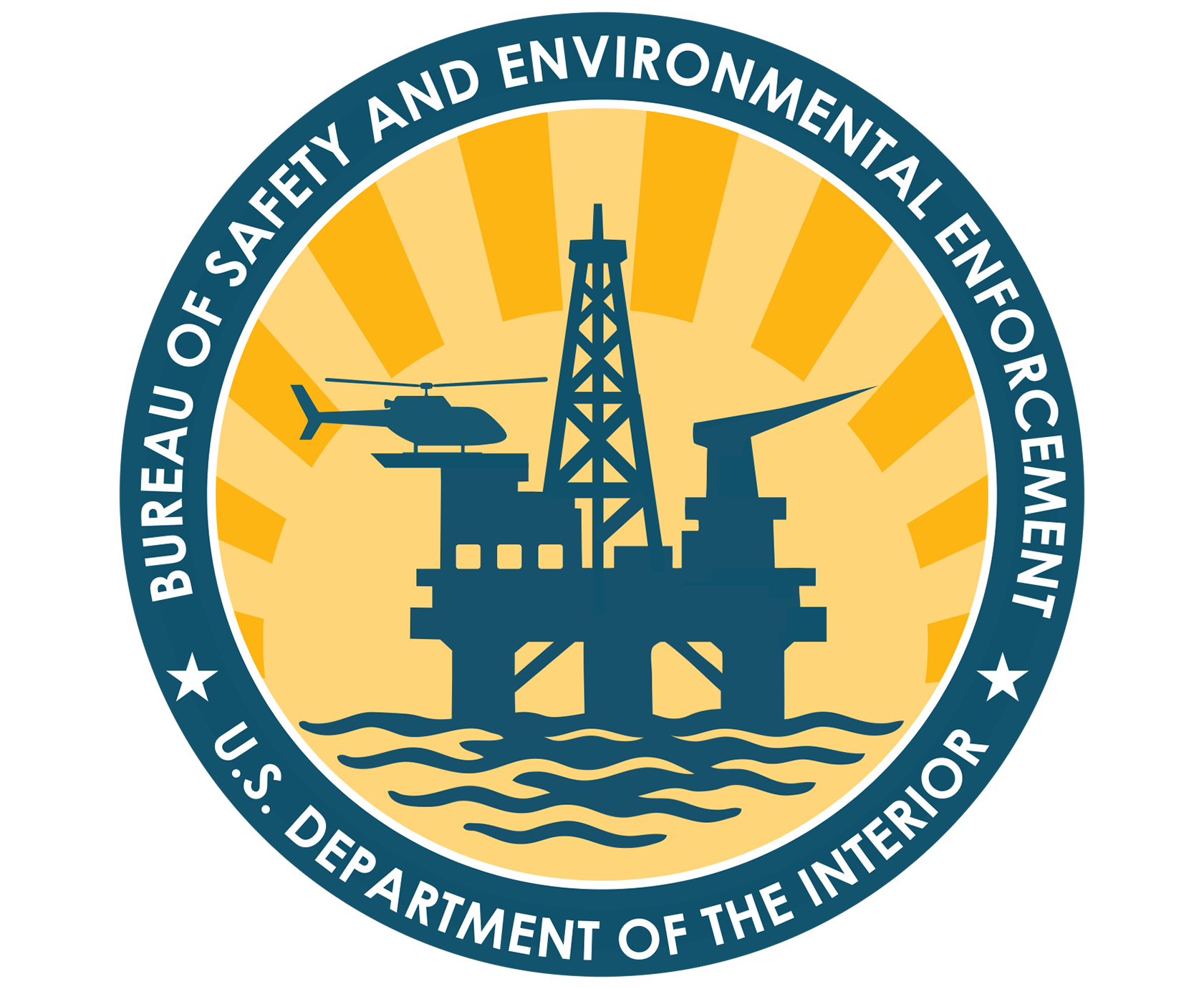Hydrogen cracking is a major problem associated with in-service pipelines, especially high strength steel pipelines. high concentrations of hydrogen in steel can lead to damage in the form of internal pores and structural flaws, formation of hydrides, and hydrogen-assisted cracking, all of which reduce the physical and mechanical properties of linepipe. Hydrogen can be introduced into the linepipe in numerous ways; for example, through manufacturing, welding procedures, cathodic protection, corrosion reactions with the environment, and interaction with the pipe's internal media. The O&G industry's smart pig, designed for internal cleaning and structural analysis of in-service pipelines, is an important factor to consider in this research since studies at the Colorado School of Mines has found that magnetic flux in pipeline steel increases the solubility of hydrogen by a factor of three.
Phase I of this project will investigate the effects of having strong magnetism from pigging operations and its effect of hydrogen hardening. Phase I work will:
Characterize the size and magnetic effect on hydrogen solubility. Compare phenomenon between different steel grades. Correlate effects before and after smart pigging operations. Take polarization measurements to determine effect on the pipeline cathode protection system.
Phase I of the research was completed in December 2005. From this effort, researchers at the Colorado School of Mines (CSM) believe they have identified a technically defendable testing procedure to determine steel grade susceptibility to hydrogen effects based on the use of three different and complimenting analysis methods including eddy current analysis, magnetic barkhausen noise analysis, and electromagnetic acoustic transducer analysis. Research and efforts to substantiate the validity of the test procedures have produce results to characterize the phenomenon and its significance. These findings have been publicly defended and will appear later this year in a paper for publication in the Scripta Materialia Journal.
Phase I of the study found that under laboratory conditions, high strength steel pipe exposed to a strong magnetic field experienced residual magnetism at levels which can influence the role of hydrogen to diffuse into the pipeline and increase the hydrogen cracking susceptibility. Given a magnetic field of sufficient strength and/or duration to allow hydrogen saturation, corrosive pitting and hydrogen cracking resulted, especially to steels that had been stressed.
Phase I of the research provided conditions to simulate 1) a hydrogen source through continuous cathodic charging and 2) magnetism to saturation levels. It was noted that cathodic protection equipment is only one of several sources of hydrogen available for absorption into the steel. Other sources include the steel manufacturing process, the transported media (oil & gas), and the environment. The combination of cathodic protection which provides a source for atomic hydrogen on the pipe surface and magnetism, e.g., from pigging operations, is shown under laboratory conditions to enhance the diffusion of hydrogen from the surface into the steel microstructure and thus increase the potential for hydrogen cracking. Analysis of the steel under these conditions found that magnetizing steel led to an eight-fold increase in the amount of hydrogen that is diffused into X-52 steel. X-70 experienced a three-fold increase and X-80 a two-fold increase.
CSM held a meeting with the DOT Office of Pipeline Safety, MMS, and Industry on January 24, 2006 to determine the level of interest from Industry for continued research to substantiate these laboratory findings under simulated and real field conditions. Based on discussions from that meeting, CSM has written a proposal a will submit to Industry to solicit their participation.
An electronic version of the final report is being provided by CSM for posting on this website.
